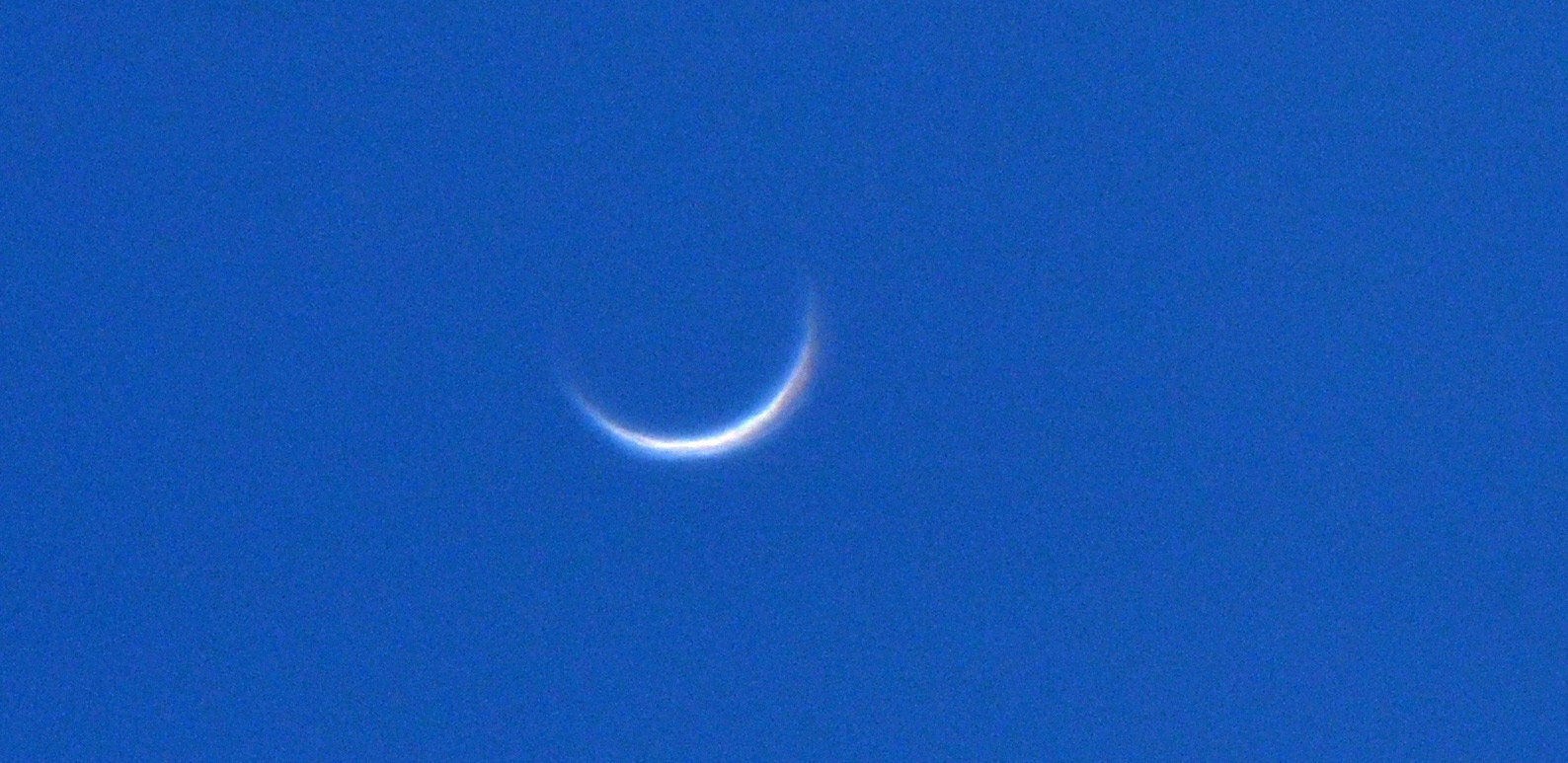
Ashen Light
May 2020 :
Optical astronomy is considered a very exact science, as something that is discovered and reported is then observed by everyone pointing a telescope in that direction. But, sometimes, that just might not always be true.
In 1643, Italian astronomer Giovanni Battista Riccioli noted that he had seen a faint glow on the unlit side of Venus, which was in its thin crescent phase. He called it the Ashen Light. Apparently, it glowed much like Earthshine, the Earth’s reflected sunlight striking the surface of the Moon, lighting up the unlit portion a ghostly gray. The main problem with Riccioli’s sighting, though, is that it is not a phenomenon seen by everyone looking at Venus, and no one seems to know where it comes from; also, no one has been able to image it.
It is surprising that many astronomers through history have documented seeing it, including such names as William Herschel and, fairly recently, Sir Patrick Moore; however, many more observers have not seen it. Through the centuries, this has been attributed to equipment failure, observer error, an optical illusion, or atmospheric effects.
Does this ashen light actually exist? With its having been seen by such distinguished astronomers, it should be a real effect. But, if so, what is it? Theories abound, some partially rational, other just plain off the wall: The Keck telescopes once noted they did see a subtle greenish glow, believed to be caused by ultraviolet light from the Sun splitting some of Venus’s CO2 into CO and oxygen, but the green that would result from this oxygen production would be too faint to be distinguished even with those telescopes. Others believe it could result from lightning bolts ravaging the planet, although they would be very difficult to be seen through the incredible atmosphere. Aurorae? Again, not likely with the atmosphere as thick as it is.
Probably the “best” explanation, as incredible theories go, comes from Franz von Gruithuisen, a 19th century physician and astronomer, who was known for, not only his observing prowess, but his incredible imagination. His idea was that the ashen light was from fires lit to either clear land for farming on Venus, or in celebration of a new planetary emperor.
With Venus in its waning crescent phase, this is apparently the best time to observe this ashen light – if it indeed exists. If you plan on trying, the best way is to use an occulting bar to block the light of Venus itself. Let us know if you can resolve this phenomenon. Is it real? Apparently, only your own eyes can tell.
Crescent Venus imaged by Bob Horton using a 16-inch SCT on January 17, 2014



